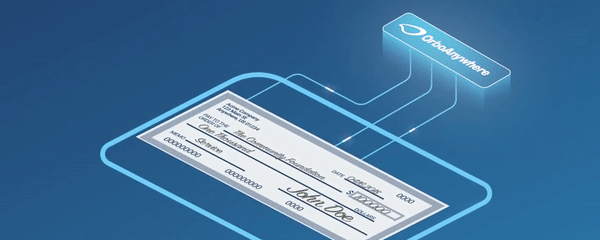Reconciliation: Fiserv Paints a Vision for the Future
A recent webinar sponsored by Fiserv highlighted reconciliation challenges faced by modern financial institutions as so many consumers adopt digital channels for payments.
According to Fiserv's 2020 Expectations & Experiences: Consumer Payments survey, digital payments are on the rise and confidence with virtual payment cards -- the Apple Wallet, for instance -- is growing.

Some of Fiserv's findings:
- 53% of banking consumers used mobile banking in the past 30 days, up from 47% the previous year
- 26% used a digital wallet, up from 15%
- 69% paid at least one bill using direct debit (ACH), up from 52%
- Automatic recurring payments are now the norm while ACH leads the way as a form of payment
The rise in digital payments presents a major challenge for back office's to reconciliation of transactions.
"With that kind of volume, it's easy to miss, mistype or deliberately manipulate data in the reconciliation process, especially when many accounts are still reconciled with spreadsheets and highlighters. Often, separate departments reconcile their own accounts, making it difficult for the finance and accounting teams to verify the data and close the books each month. The higher the volume, the more those problems intensify.

The growth in payment methods, amounts and speed also creates the potential for increased fraud, particularly around real-time payments. A decade ago, transactions typically moved in batches, and payments took hours, if not days, to process, clear and settle. Now, when all the processing and network steps are considered, each must be completed within a second at most, including validation, accounting and fraud detection."
So what's the solution? Well, it's something that we've focused on with particular intensity in our weekly blogs -- automation through technology.
"By automating reconciliation and certification, financial institutions can match transactions and pinpoint exceptions on a single platform. That can reduce reconciliation time by as much as 85 percent, errors by as much as 50 percent and write-offs by as much as 75 percent, according to users of automated reconciliation solutions."

Fiserv is not alone in their focus on reconciliation challenges, as FIS Global has also made it a priority.
However, as mentioned earlier, the key for successful reconciliation is having accurate data. With banks and payment processors taking the steps to modernize their payments platforms and electronify checks, it is imperative to have accurate data to fully automate the reconciliation process. This means that the extraction and recognition of the data from check fields must reach read rates and accuracy levels exceeding 99.5%. And, as we've expressed previously, this means that banks and financial institutions must invest in AI and Deep Learning technologies that will fully automate the reconciliation process.
